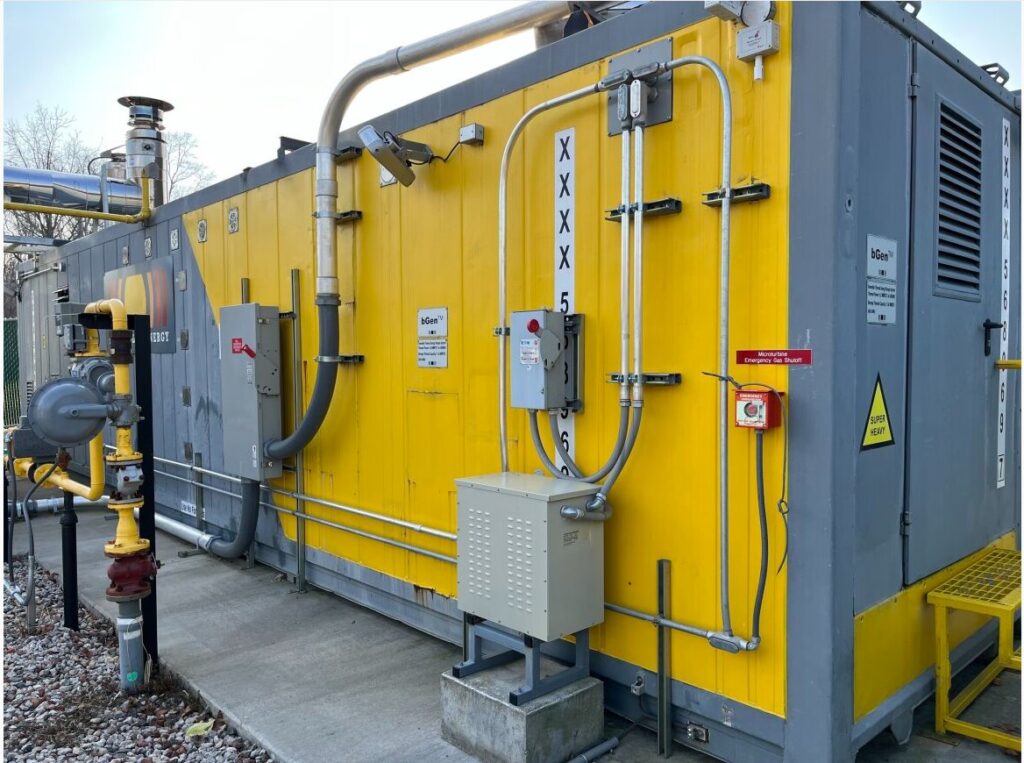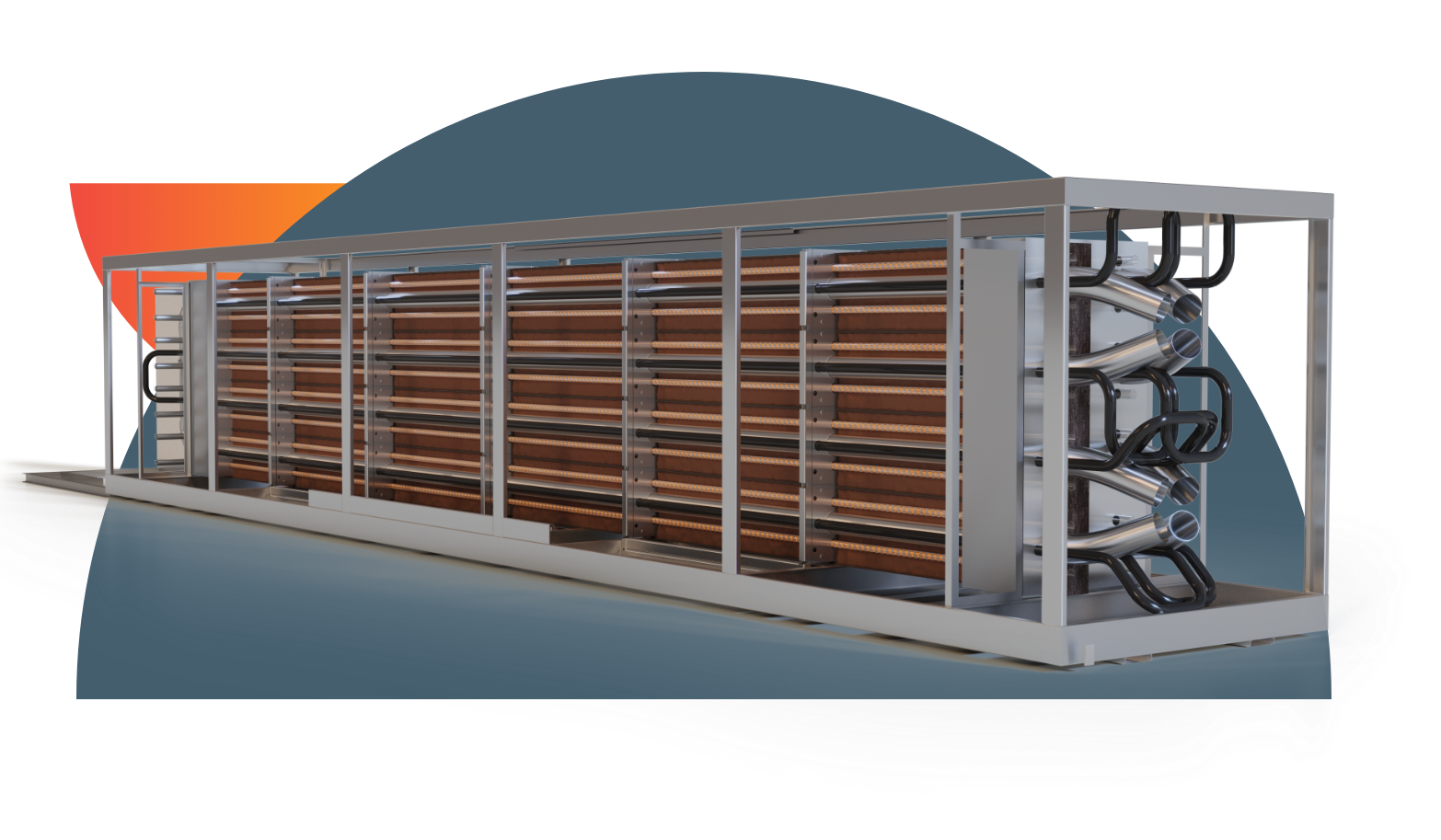Brenmiller’s award-winning TES technology is a heat battery using crushed rocks to store high-temperature heat.
Powered by renewable energy and generates carbon-free heat, steam or hot air, ensuring stable conditions for 24/7 operation.


Shifting of low value heat to peak hours
Electrification of heat for zero-carbon steam:

In today’s rapidly changing climate, the need for sustainable energy solutions has never been more urgent. At Brenmiller Energy, we’re at the forefront of this revolution, offering cutting-edge sustainable heat technologies that not only meet today’s needs but also pave the way for a greener tomorrow.

Brenmiller Energy’s bGen™ thermal energy storage solution is one of the most mature and cost-effective industrial decarbonization technologies on the market today. Founded in 2012, Brenmiller’s team has extensive experience in developing, manufacturing and deploying market-leading thermal energy technologies. Developed over the past Decade, Brenmiller’s bGen™ technology has withstood rigorous testing in the harshest, most demanding energy market environments.

Whenever heat is required, whilst charging or idle, Steam or hot air is delivered in stable temperature and pressure
Fast ramp up and down could follow the process’ heat load to optimize efficiency and minimize heat loss
Heavily insulated crushed rocks store the heat for hours or days with minimal heat loss of less than 0.1% per hour
Heat and circulated inside the TES pipes, heating the storage media
Low value or waste heat is harnessed and passed to the TES modules
Wind and solar, which are becoming increasingly cost-effective compared to traditional fossil fuels, are used for charging directly, or over the grid.
Heavily insulated TES modules filled with crushed rocks store the heat for hours or days with minimal heat loss of less than 0.1% per hour
High-efficiency resistive heaters are embedded within the storage modules, heating the crushed rocks up to 750°c
Whenever heat is required, whilst charging or idle, Steam or hot air is delivered in stable temperature and pressure
Fast ramp up and down could follow the process’ heat load to optimize efficiency and minimize heat loss